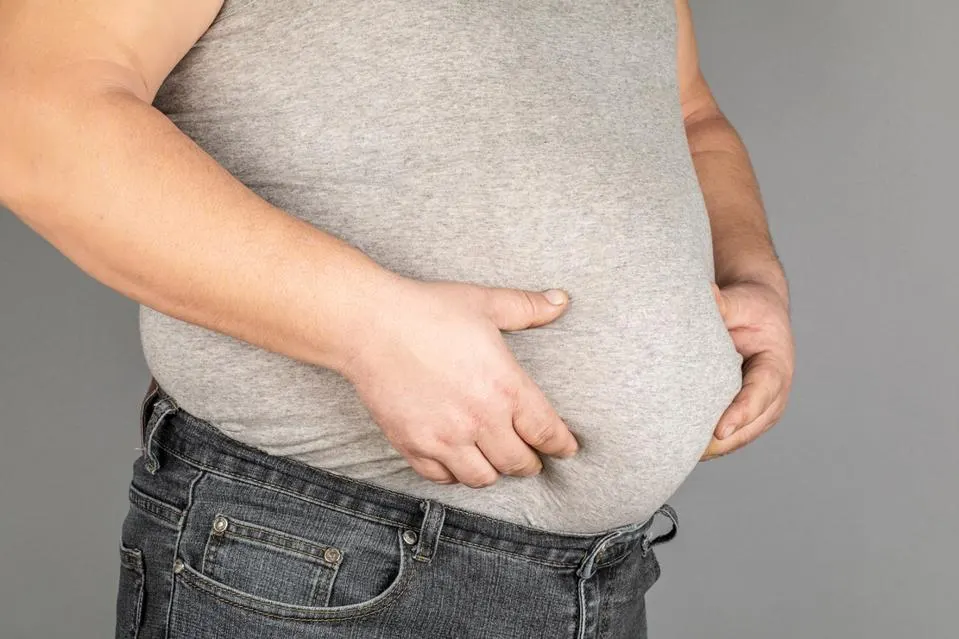OBESITY
Recently , PM Modi nominated 10 persons from different walks of life, including J&K CM Omar Abdullah, businessman Anand Mahindra, actor Mohanlal, Philanthropist Sudha Murty, and Shooter Manu Bhaker, to help fight against obesity and spread awareness on reducing edible oil consumption in food.
The Lancet Diabetes & Endocrinology Commission’s Recommendations on Obesity:
The commission recommends moving beyond BMI (Body Mass Index) as the sole diagnostic tool for obesity. BMI should be combined with at least one other body size measurement like waist circumference, waist-to-hip ratio, or waist-to-height ratio.
Direct body fat assessments (like DEXA scans) are suggested for greater accuracy. For individuals with BMI > 40 kg/m², excess fat can be assumed without additional testing.
Need for a Revised Classification System
- BMI alone does not account for ethnic and metabolic variations in obesity-related health risks.
- Fat distribution matters: Fat around organs (visceral fat) poses higher health risks than subcutaneous fat.
- Some individuals with high BMI remain metabolically healthy, while others with normal BMI might have obesity-related health risks.
Two New Categories of Obesity
Under the new definition, obesity cannot simply be self-diagnosed - it is a determination for a qualified physician to make, like other diseases and conditions.
Clinical Obesity
- A chronic illness affecting tissues and organ function due to excess fat.
- 18 diagnostic criteria covering CNS, cardiovascular system, respiratory system, liver, metabolism, kidneys, and reproductive health.
- Requires medical interventions, including medications and surgery.
Preclinical Obesity
- Excess fat accumulation without immediate health deterioration.
- Increases risk of clinical obesity and related diseases like diabetes and heart disease.
- Managed with lifestyle changes such as diet and exercise.
Relevance to India
- Indians have a higher risk of metabolic disorders even at lower BMI thresholds.
- Abdominal obesity is highly prevalent and contributes to diabetes, fatty liver, and cardiovascular diseases.
- Studies indicate higher inflammation and metabolic disturbances in Indians compared to Western populations.
- Childhood obesity is rising in India, increasing the risk of diabetes, lipid disorders, and heart disease.
Significance for Policy and Public Health
- India needs ethnicity-specific obesity diagnostic criteria focusing on abdominal obesity.
- Early detection and intervention can help manage obesity-related diseases effectively.
- Policymakers should prioritize preventive healthcare strategies such as public awareness campaigns, dietary regulations, and fitness programs.
According to the World Health Organization (WHO)
Fact sheet on obesity
- 2.5 billion adults globally are overweight (including those living with obesity), corresponding to 43% of all adults. Only 25% of adults were overweight in 1990.
- 890 million adults are living with obesity globally, corresponding to 16% of all adults. The prevalence of obesity among adults has doubled compared to 1990.
- 37 million children under the age of 5 years are estimated to be overweight.
- 390+ million children and adolescents aged 5-19 years are overweight.
- 8% of children and adolescents in the 5-19 age cohort are obese, up from only 2% in 1990.













